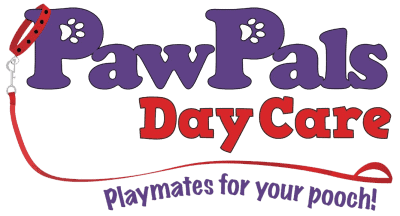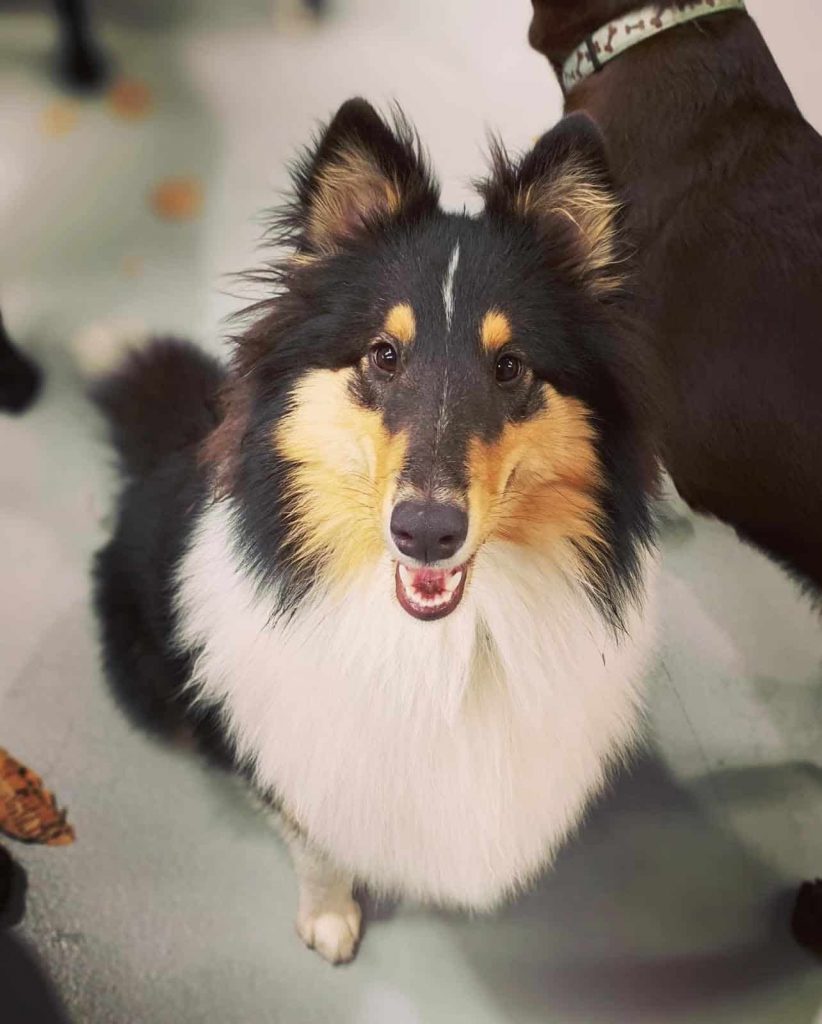Our team at PawPals have been in the dog business for a long time now. We are passionate about creating the best start for you and your new pup. Many of our clients ask us for our advice on the basics for puppy training so today we are bringing you just that.
How do I prepare my puppy for bringing home?
Bringing a new puppy home can be an exciting but scary thought because there are so many new things to learn. There is puppy obedience, puppy behaviour, dog commands, leash training, dog grooming. It can be overwhelming. The first thing to remember is that it is new for them too. Keep the initial interactions in the home relaxed and let them explore and get conformable. Introduce them to the rooms they can enter, where they will sleep, eat and go to the bathroom. Once they have settled in and you are both comfortable around each other, it is time to start some basic puppy house training and setting up a routine.
What is the first thing you should train your puppy?
House and name training is the first essential step in the training process. If the connection isn’t strong between you and your pup yet, basic dog training commands won’t work. Go through name exercises so they will recognise when you are calling them. Start introducing house and puppy toilet training for the first few weeks until they have mastered this initial task. Overloading them with sit and come commands will be too much for a young dog. Once you have established house rules and name training, you can move on to more basic dog training exercises.
What are the basic dog commands?
Most obedience training classes and training tips will focus on commands like how to sit, drop, stay and come.
Sit – the dog will sit on a verbal, hand, clicker training or whistle command.
Stand – the dog will stand on a verbal, hand, clicker or whistle command (useful for vet visits or dog grooming).
Drop – the dog will lie down on a verbal, hand, clicker or whistle command.
Come – the dog returns to the owner on a verbal, hand, clicker or whistle command.
These are the basic level of training that we suggest working on before trying anything else. We offer puppy training classes that target behavioural issues and how to combat them like barking and jumping. Socialisation is also a key element to the future success of your puppy and is the reason why we love doing our classes in diverse groups. When we include a range of dogs of different breeds and sizes, the new dogs can have a chance to get comfortable with others.
What age should you start leash training a puppy?
We say the sooner, the better! The longer we wait for our puppies to start learning, the more space we are leaving for poor behaviour to sneak in. It is easy for a new puppy to push boundaries and break the rules because we are more lenient. You can start as early as 8 weeks old. The goal is for them to walk politely and remain relaxed when distracted by people or other animals. Make sure you are consistent with the wording you use – whether that’s “forward, “heel” or “let’s go”. Dogs thrive on consistency, so changing your routine will confuse them. We offer a range of puppy training classes for all ages that provide tips for leash training. Head over to our website to explore what puppy obedience training is best for you and your dog.
Tips on puppy training
Our main recommendation is consistency and routine. If you want your dog to learn, it is up to you to stick to a training schedule. Have a checklist of what you want to learn and dedicate time multiple times a week to working on those new skills. Don’t give up because this will lead to poor behaviours which are often unbreakable as the puppy grows up.
So, is puppy training something you are ready to get stuck into? Head over to our website to see what classes we offer and what will fit in with your puppy and lifestyle. If you have any further questions, drop us a line on 0433 839 729 (Malaga) or 0450 358 915 (Bassendean). We can’t wait to meet you and your new pup!

